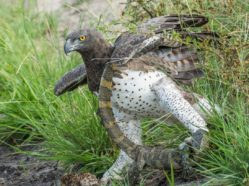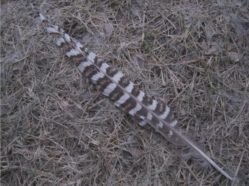Mr. Cairngorms
In 2013, while compiling information for a chapter on the contributions of ornithology to evolutionary biology, I carried on a lively correspondence, by email, with Adam Watson. Watson was a renowned Scottish ecologist, naturalist and conservationist who had worked with Vero Wynne-Edwards, a staunch promoter of evolution by group selection. We have all of Wynne-Edwards …





